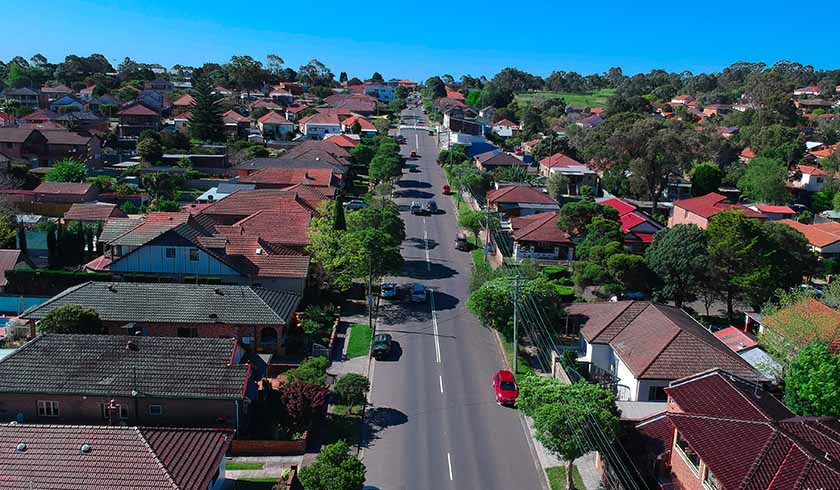33 suburbs where buyers trump sellers
Australia may be a seller’s market, but buyers can still find reprieve in several suburbs where there is more stock available than in previous years, new research has revealed.

While the latest data from CoreLogic confirmed that demand continues to outstrip supply in Australia’s housing market, it also highlighted a total of 33 Aussie suburbs where the opposite is true.
These suburbs, CoreLogic said, are characterised by inner-city or high-density urban locations, where housing demand has been softer through COVID-19.
But, while they have seen ‘weaker’ dwelling value increases in the past 12 months relative to the broader SA4 regions, only five of these suburbs have actually seen a decline in dwelling values year-on-year.
The softer demand, CoreLogic explained, may in part be due to a preference for detached housing stock.
CoreLogic data suggests that in the year to May, national house values have increased 12.4 per cent compared to a softer 4.8 per cent rise in unit values.
This trend has emerged as investor demand remained relatively subdued in the past 12 months, and owner-occupier preferences may have been influenced by spending more time at home through periods of strict social distancing.
Another factor leading to more subdued growth and elevated stock in these markets could be closed international borders. Additionally, supply in many of the suburbs featured is being supported by new developments, such as in Hawthorn, Phillip and Macquarie Park.
The 33 suburbs with listing volumes higher than the five-year average in May, include:
ACT
- Phillip - 5.4 per cent lower annual price growth than region
- Latham - 1.8 per cent lower annual price growth than region
- Dickson - 0.7 per cent lower annual price growth than region
- Richardson - 2.7 per cent lower annual price growth than region
- Higgins - 1.9 per cent lower annual price growth than region
NSW
- Macquarie Park - 14.7 per cent lower annual price growth than region
- Lidcombe - 0.9 per cent lower annual price growth than region
- Rockdale - 3.8 per cent lower annual price growth than region
- Randwick - 6.3 per cent lower annual price growth than region
- Westmead - 3.8 per cent lower annual price growth than region
QLD
- Fortitude Valley - 7.4 per cent lower annual price growth than region
- Bowen Hills - 2.3 per cent lower annual price growth than region
- Mulambin - 3.5 per cent lower annual price growth than region
- South Townsville - 2.2 per cent lower annual price growth than region
- Park Avenue - 6.6 per cent lower annual price growth than region
VIC
- Melbourne - 0.2 per cent lower annual price growth than region
- South Yarra - 1.5 per cent lower annual price growth than region
- Hawthorn - 5.2 per cent lower annual price growth than region
- Carnegie - 1.2 per cent lower annual price growth than region
- Port Melbourne - 1.9 per cent lower annual price growth than region
TA & NT
- The Gap - 2.2 per cent lower annual price growth than region
- Wanguri - 7.7 per cent lower annual price growth than region
- Hobart - 1.4 per cent lower annual price growth than region
SA
- Para Hills West - 7.6 per cent lower annual price growth than region
- Bowden - 1.5 per cent lower annual price growth than region
- Kilburn - 2.5 per cent lower annual price growth than region
- Bedford Park - 0.2 per cent lower annual price growth than region
- Everard Park - 10.1 per cent lower annual price growth than region
WA
- Nickol - 8.1 per cent lower annual price growth than region
- Nedlands - 0.6 per cent lower annual price growth than region
- Crawley - 6.9 per cent lower annual price growth than region
- Baynton - 15 per cent lower annual price growth than region
- Inglewood - 4.1 per cent lower annual price growth than region
Overall, CoreLogic noted, there are slim pickings when it comes to favourable buying conditions, meaning buyers willing to purchase more remote regional housing, or in higher-density metropolitan areas, will have greater choice of stock.
